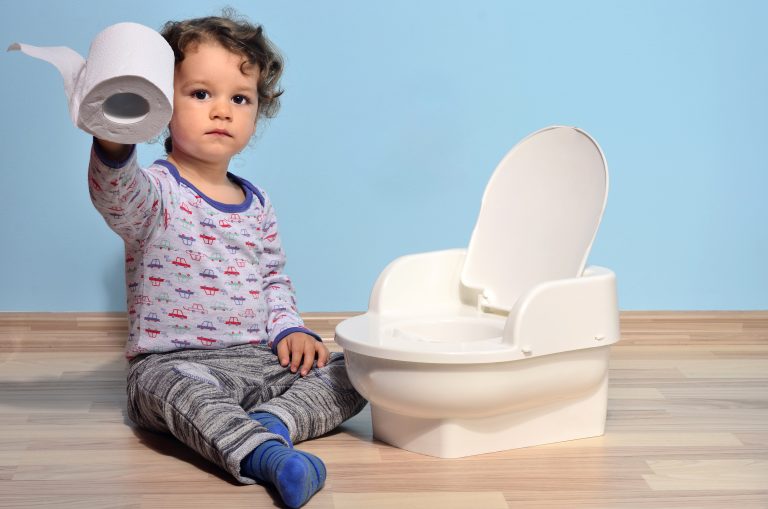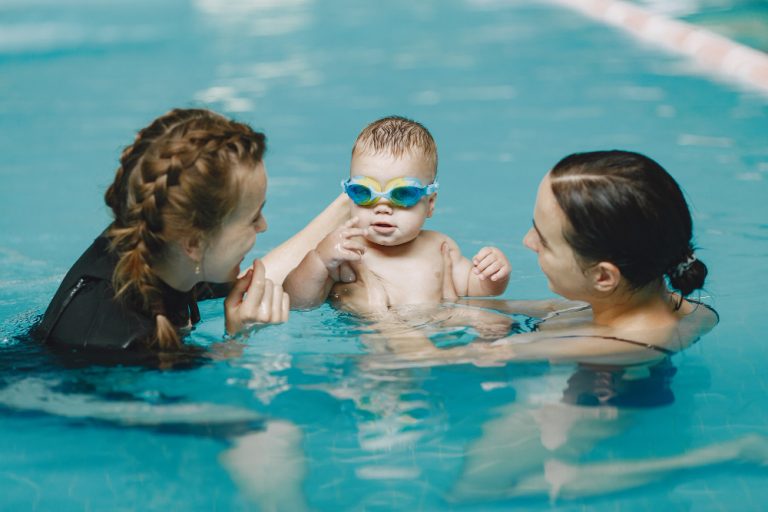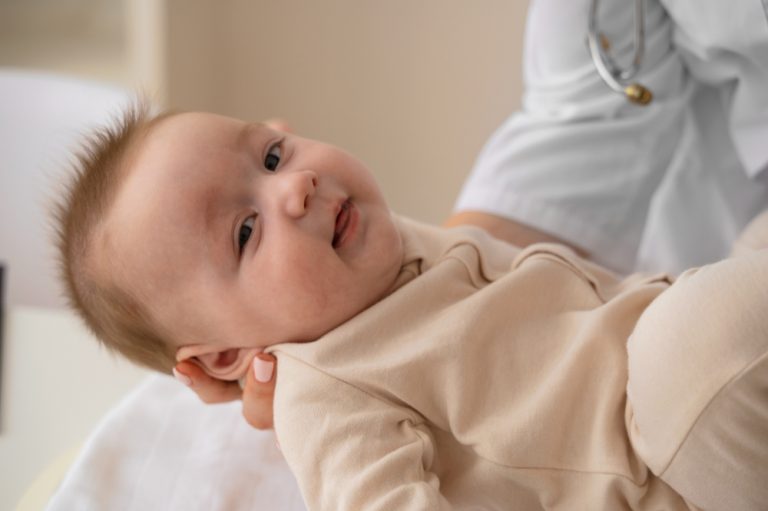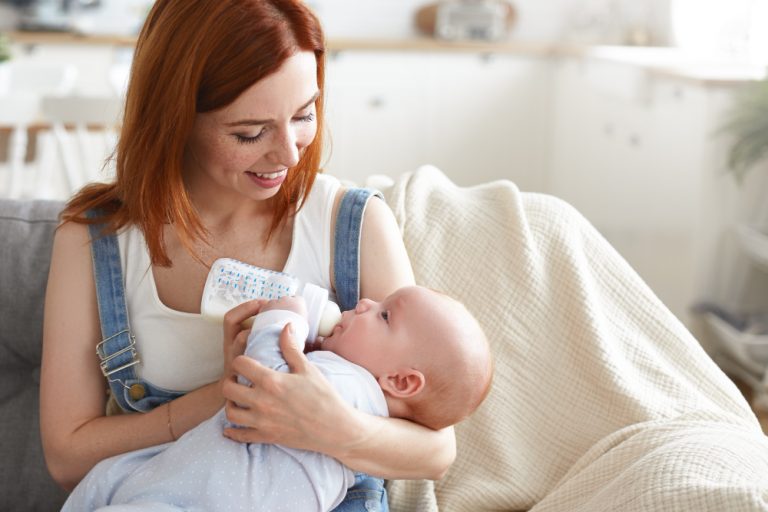How Long Do Babies Sleep In Bassinet? Transition To A Crib
Are you a new parent trying to navigate the world of baby sleep? Are you wondering how long do babies sleep in bassinet and when is the right time to make the transition from a bassinet to a crib? Do you want to ensure that your little one is safe and comfortable throughout this milestone? As your baby grows, have you started to notice their need for more sleep space and security? Let’s explore the transition period from bassinet to crib and how to make it a smooth and successful one for your baby.
Here’s a glimpse of what we’ll dive into in this blog:
- Guidelines supported by the American Academy of Pediatrics on the ideal time frame to transition to a crib.
- Insights on how long babies typically sleep in a bassinet before making the move.
- Essential advice for ensuring a safe and cozy slumber environment during this transition phase.
- Proven tips to ease the shift from bassinet to crib for a seamless and successful adjustment.
Join us as we explore how long do babies sleep in bassinet and unravel strategies to navigate this transition smoothly, creating a safe and comfortable sleep haven for your precious little one.
How Long Do Babies Sleep In Bassinet?
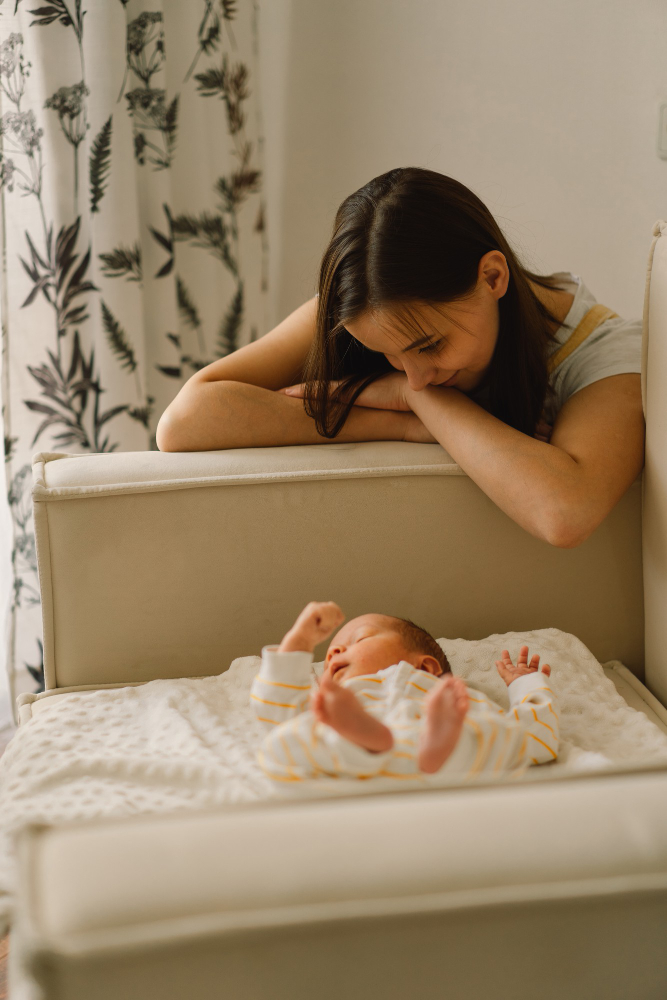
When it comes to your baby’s sleep, understanding the appropriate duration for bassinet sleep and knowing when to transition to a crib is crucial. A bassinet serves as a safe and cozy sleeping space for newborns, but as your little one grows, it becomes necessary to introduce them to the secure environment of a crib. Making this transition at the right time ensures a safe and comfortable sleep environment for your baby.
Sleeping in a bassinet has its advantages, allowing your baby to feel the closeness and security of their early weeks. However, as your baby reaches specific developmental milestones and exceeds certain weight limits, it’s time to start considering the move to a crib. This transition provides the necessary space for their growing body and helps them establish healthy sleep habits.
Moving your baby from a bassinet to a crib can feel like a big step, but by understanding the signs and following recommended guidelines, you can make the process smoother for both you and your little one. In the following sections, we’ll dive deeper into when to transition and how to ensure a safe and comfortable sleep environment during this important milestone.
When Should You Transition Your Baby from a Bassinet to a Crib?
Transitioning your baby from a bassinet to a crib is an important step in their sleep journey. As a parent, it’s natural to wonder when the right time is to make this transition. While there is no one-size-fits-all answer, several factors can help you determine when to make the move.
1. Age
Most experts recommend transitioning babies from a bassinet to a crib between 3 to 6 months of age. At this point, babies start becoming more active and may outgrow the limited space a bassinet provides.
2. Weight and Size
Another consideration is your baby’s weight and size. If your little one exceeds the weight limit specified by the bassinet manufacturer, it’s time to transition to a crib. Additionally, if your baby is consistently bumping into the sides of the bassinet or seems cramped, it may be a sign that they need a bigger sleep space.
3. Developmental Milestones
Keep an eye on your baby’s developmental milestones. If they have started rolling over independently or attempting to sit up, a crib is a safer option. Cribs offer a secure and enclosed sleep environment, reducing the risk of falls or entrapment.
Remember, every baby is unique, so it’s essential to consider their individual needs. Some babies may be ready for the transition earlier or later than others. Trust your parental intuition and observe your baby’s behavior and cues.
When transitioning, ensure a smooth adjustment by gradually introducing the crib. Start by having supervised nap times in the crib before moving to full nights. Maintain a consistent bedtime routine to provide familiarity and comfort.
By considering your baby’s age, weight, developmental milestones, and individual cues, you can determine the right time to transition them from a bassinet to a crib. Providing a safe and comfortable sleep environment is vital for your little one’s well-being and quality rest.
Signs It’s Time to Move Your Baby to a Crib

As your baby grows, there are certain cues and behaviors that indicate they are ready to transition from a bassinet to a crib. Paying attention to these signs can help ensure a safe and comfortable sleep environment for your little one. Here are some key indicators that it may be time to make the move:
1. Age and Weight
- If your baby has surpassed the weight limit recommended for their particular bassinet, it’s time to transition to a crib.
- Around the age of 3-4 months, babies start becoming more active during sleep. This increased mobility may require a larger sleep space.
2. Increased Movement
- Does your baby often wake up in a different position than they fell asleep in? This could be a sign that they need more space to move and stretch during sleep.
- If your baby is constantly banging against the sides of the bassinet or trying to roll over, it’s a clear indication that they need a bigger sleep space.
3. Disturbed Sleep
- If your baby’s sleep is frequently disrupted in the bassinet, it may be a sign that they need a more comfortable and spacious environment.
- Restless sleep, frequent waking up in the middle of the night, or difficulty settling back to sleep might indicate that the bassinet is no longer meeting their sleep needs.
4. Increased Awareness
- Babies become more aware of their surroundings as they grow, and a crib provides a more stimulating and engaging sleep environment.
- If your baby seems to be more interested in exploring their surroundings rather than settling down in the bassinet, it could be a sign that they are ready for a crib.
5. Lack of Space
- As your baby grows, they may outgrow the small stage of the bassinet and need more space to stretch out comfortably during sleep.
- A crib provides a larger sleep surface, allowing your baby to experience the benefits of unrestricted movement.
Observing these signs, along with considering the age, weight, and developmental milestones of your baby, will help you determine the right time to transition them to a crib. Moving your baby to a crib ensures a safer sleep environment and promotes their growing independence.
Ensuring a Safe Sleep Environment
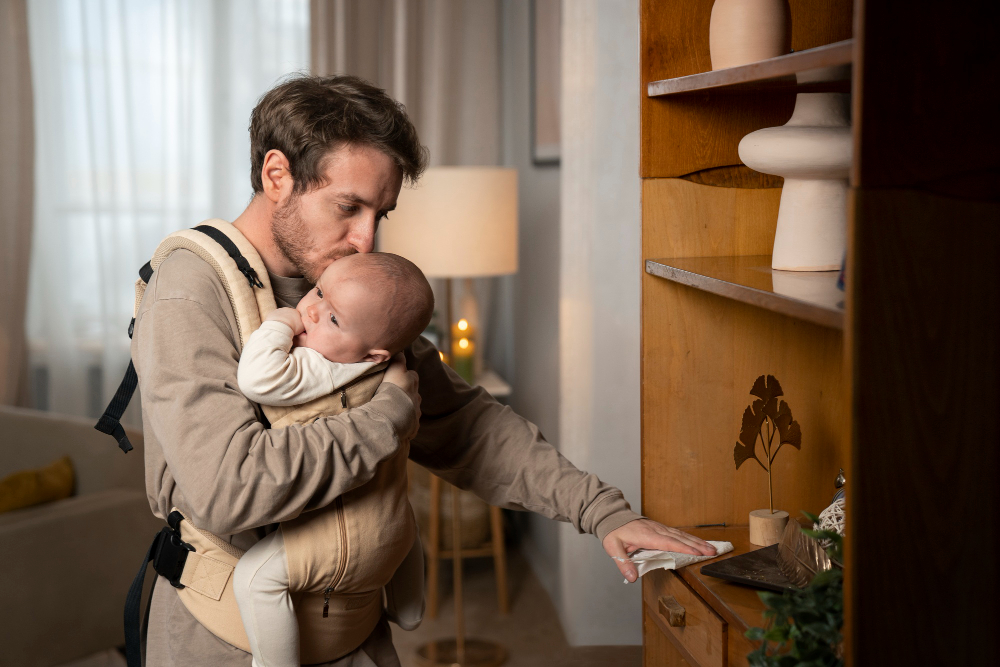
Creating a safe and comfortable sleep space for your baby is crucial when transitioning from a bassinet to a crib. Follow these tips to ensure a secure sleep environment for your little one:
1. Adhere to safety guidelines
Before transitioning, familiarize yourself with the latest crib safety guidelines from reputable sources like the American Academy of Pediatrics and the Consumer Product Safety Commission. This includes using a firm, flat mattress and ensuring the crib meets safety standards.
2. Use a proper crib
Choose a crib that meets safety regulations and provides a secure sleeping area for your baby. Avoid using cribs with drop sides, as they can pose a safety risk.
3. Keep the crib clear and clutter-free
Remove any soft bedding, pillows, stuffed animals, or blankets from the crib. These items can increase the risk of suffocation or SIDS (Sudden Infant Death Syndrome).
4. Position the crib strategically
Place the crib away from windows, cords, and blinds to prevent accidents. Make sure the crib is placed in a draft-free area, and keep it at a comfortable room temperature.
5. Provide a comforting sleep environment
Consider using a white noise machine or a gentle hum to help your baby relax during sleep. Ensure the room is dark and free from distractions.
Remember, creating a safe sleep environment is crucial for your baby’s well-being. By following these guidelines, you can provide a secure and comfortable space for your little one when transitioning from a bassinet to a crib.
How to Transition Your Baby from a Bassinet to a Crib

Transitioning your baby from a bassinet to a crib is an essential milestone in their sleep journey. While bassinets provide a cozy and secure sleep space for newborns, there comes a time when your baby will benefit from the increased space and freedom of a crib. Follow this step-by-step guide to ensure a smooth and successful transition for both you and your little one.
Step 1: Make the Switch Gradually
To ease the transition, start by placing the crib next to the bassinet. This allows your baby to become familiar with the new sleep environment while still feeling the comfort of the close sides of the bassinet. Gradually move the crib away from the bassinet over several days so that your baby can adjust to the new sleep space.
Step 2: Establish a Consistent Bedtime Routine
A consistent bedtime routine signals to your baby that it’s time to sleep. Establish a calming pre-sleep routine that includes activities such as a warm bath, gentle massage, or reading a bedtime story. This routine will provide a sense of familiarity and comfort during the transition.
Step 3: Create a Comfortable Sleep Environment
Ensure the crib is set up with a firm, flat mattress that meets the latest crib safety guidelines. Remove any loose bedding, pillows, or stuffed animals that could pose a safety risk. Consider using a sleep sack or swaddle to provide a sense of security. Maintain a dark and quiet sleep environment by using blackout curtains and a white noise machine to mimic the familiar sounds of the bassinet.
Step 4: Encourage Self-Soothing Techniques
As your baby transitions to the crib, they may initially struggle with falling asleep without the rocking or humming of a sound machine. Encourage self-soothing techniques by using familiar cues such as a favorite lovey or playing a gentle lullaby. This will help your baby feel secure and relaxed in their new sleep space.
Step 5: Be Patient and Flexible
Every baby is unique, and the transition from a bassinet to a crib may take time. Be patient and offer extra reassurance during this period of adjustment. Consider temporarily sleeping in the same room as your baby or using a bedside sleeper if it helps them feel more secure. Remember, each baby’s transition timeline may vary, so trust your instincts and go at your baby’s pace.
By following these steps and providing a safe and comfortable sleep environment, you can ensure a successful transition from a bassinet to a crib. Remember, this milestone is an exciting opportunity for your baby to grow and thrive in their own dedicated sleep space.
Tips and Tricks for a Smooth Transition
Transitioning your baby from a bassinet to a crib can be a significant change for both you and your little one. To make the transition easier and ensure a smooth adjustment, here are some helpful tips and tricks:
1. Sleep in the same room temporarily
Consider keeping your baby’s crib in your bedroom initially. This will provide a familiar environment and make the transition less overwhelming.
2. Provide familiar cues
To help your baby feel secure in their new sleep space, transfer some familiar items from the bassinet to the crib. This can include a favorite blanket, toy, or even a soft sheet with a familiar scent.
3. Establish a consistent bedtime routine
Consistency is key when it comes to your baby’s sleep. Stick to a bedtime routine that includes soothing activities such as a warm bath, gentle massage, or reading a bedtime story. This routine will signal to your baby that it’s time to wind down and prepare for sleep.
4. Create a comfortable sleep environment
Ensure the crib is set up with a firm and flat mattress, free from any loose bedding, pillows, or stuffed animals that can pose a suffocation risk. Use a sleep sack or appropriately layered clothing to keep your baby cozy without overheating.
5. Stay responsive to your baby’s needs
During the transition, your baby may need some extra reassurance and comfort. Be responsive to their cues and provide comforting touch or soothing words whenever necessary.
6. Maintain a calm pre-sleep routine
Establish a relaxing pre-sleep routine that promotes a peaceful environment. Dim the lights, play soothing music or white noise, and create a calm atmosphere that encourages drowsiness.
Remember, every baby is unique, and the transition may take time. Be patient and supportive throughout the process. Before implementing any sleep changes, consult with your pediatrician for personalized recommendations.
With these tips and tricks, you can help your baby adjust to their new sleep space and create a comfortable and safe environment for their continued growth and development.
Addressing Common Concerns and FAQs
When it comes to transitioning your baby from a bassinet to a crib, it’s natural to have some concerns and questions. Let’s address some common ones to help you navigate this important milestone with confidence:
Remember, each transition is unique, and it’s essential to prioritize the safety and comfort of your baby during this process. By following safety guidelines, listening to your baby’s cues, and providing a nurturing sleep environment, you can ensure a smooth and successful transition from a bassinet to a crib.
The Final Note: How Long Do Babies Sleep In Bassinet?
Transitioning your baby from a bassinet to a crib is a significant milestone in their sleep journey. It’s important to understand the recommended duration for bassinet sleep and ensure a safe and comfortable sleep environment during the transition.
By following the guidelines of the American Academy of Pediatrics, you can determine the appropriate time to make this move. Factors such as age, weight, and developmental milestones play a role in deciding when your baby is ready for a crib.
Creating a safe sleep environment is crucial. Make sure to adhere to safety guidelines and recommendations, such as using a flat mattress, keeping the crib free of loose bedding and toys, and ensuring proper ventilation.
When transitioning your baby, it’s best to do it gradually. Start by having them nap in the crib during the day and gradually increase the time they spend there. Establishing a consistent bedtime routine can also help ease the transition.
Remember, every baby is different, and the transition may take time. Be patient and provide reassurance to your little one during this change.
By following these tips and ensuring a safe and comfortable sleep environment, you can make the transition from a bassinet to a crib smoother and set the foundation for healthy sleep habits for your baby.



